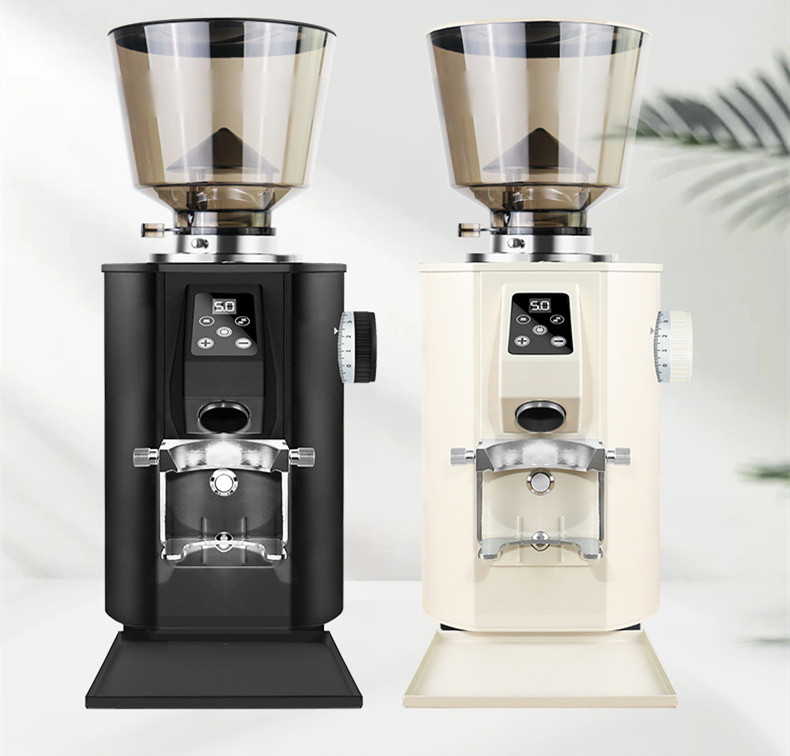Mastering Multi-Stage Roasting Profiles: A Technical Guide to Coffee Bean Development
Understanding Roasting Phases and Thermal Dynamics
Multi-stage roasting programs divide the烘焙 process (roasting process) into distinct thermal zones, each targeting specific chemical reactions in coffee beans. The drying phase (130–160°C) removes surface moisture, preventing uneven heat absorption. Beans with higher moisture content (e.g., natural-processed coffees) require extended drying times to avoid scorching.
The Maillard reaction phase (160–205°C) drives flavor development through amino acid and sugar interactions. Adjusting airflow and heat input during this stage influences sweetness and acidity. For example, a 2-minute extension at 185°C can enhance caramel notes in Brazilian beans, while a sharper ramp to 200°C may intensify fruity tones in Ethiopian varieties.
Development time (post-first crack) determines roast depth. A 15% development ratio (time between first crack and end of roast relative to total roast time) preserves acidity, while 25% emphasizes body. High-density beans (e.g., Kenyan SL28) often benefit from shorter development to prevent bitterness.
Configuring Multi-Stage Temperature Curves
Stage 1: Preheat and Charge
Preheat the drum to 190–210°C for dense beans (e.g., Central American) and 170–190°C for low-density varieties (e.g., Indonesian). Charge temperatures should align with bean density: 200°C for hard beans and 180°C for soft beans. Monitor drum temperature recovery post-charge; a drop below 160°C indicates inadequate preheating.
Stage 2: Rate of Rise (RoR) Control
RoR, the speed of temperature increase, shapes flavor clarity. A declining RoR (e.g., from 12°C/min to 8°C/min) after the turning point reduces risk of “baking” (flattened acidity). For light roasts, maintain RoR above 5°C/min until first crack. Dark roasts require slower RoR (3–4°C/min) post-first crack to avoid charring.
Stage 3: Crack Management
First crack (196–205°C) signals the transition from endothermic to exothermic reactions. Adjust gas settings to control crack intensity: a 10% gas reduction at first crack prolongs the phase, enhancing complexity. Second crack (224–230°C) demands precise timing; extending this stage by 30 seconds can add smoky notes but risks ashy flavors.
Advanced Techniques for Profile Optimization
Airflow Adjustment Strategies
Increase airflow by 20% during the Maillard phase to accelerate moisture evaporation in wet-processed beans. Reduce airflow by 15% post-first crack for natural-processed coffees to retain fruity esters. Use the “flame test”: if exhaust flames exceed 10 cm, airflow is insufficient, risking smoky taints.
Pressure and Drum Speed Calibration
Rotary drum speed affects heat transfer efficiency. For 1 kg batches, set speed to 55 RPM for even agitation. Higher speeds (70+ RPM) may cause tipping (uneven browning) in large beans. Gas pressure should align with batch size: 8–10 mbar for 500 g loads and 12–15 mbar for 2 kg loads.
Data-Driven Iteration
Log temperature, RoR, and crack timing for each batch. Compare cupping results to identify patterns. For instance, if a Costa Rican batch tastes underdeveloped at 11-minute roast time, extend the Maillard phase by 1 minute and reduce development time by 30 seconds. Use software like Artisan Roaster Scope to visualize thermal trends and replicate successful profiles.
By integrating thermal precision, airflow control, and data analysis, roasters can craft multi-stage programs that elevate flavor consistency and complexity. Experimentation with phase durations and temperature gradients unlocks the full potential of diverse coffee origins.


